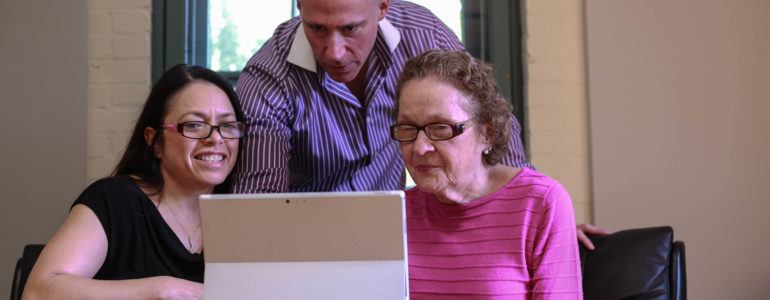Editing can be a challenge for teachers. Who is best to do the editing? Laure was very clear to me, the students. But the process needs to be guided by the teacher. I asked Laura to share some thoughts and strategies on how to effectively engage students in editing.
Teachers tend to edit for writing conventions by correcting students’ writing because that’s what their teachers did to their work. Two things happen if we continue this editing practice:
- Teachers, not students, become better at editing for writing conventions.
- Students don’t learn from their editing errors. Instead, they recopy the teacher’s edits and make minimal progress
How to Change This Picture
Help students understand that they need to edit their writing by narrowing the scope of what they do. First, negotiate with students the writing conventions to include in a rubric—these are the conventions you will teach and review. Then, have students use the rubric to edit for one convention at a time. This means that students will have to read through their writing to check for each convention because students have more success when editing for one convention at a time.
Fifth Grade Example
The rubric that fifth-grade students used to edit their book reviews included these writing conventions:
- Paragraphing
- Complete sentences.
- Commas in a series
- Underline title of the book
Students self-edited only for the four conventions listed and then had their writing partners edit book reviews. Using feedback from self and peer editing, students composed a second draft that also included content revisions.
If students made other writing convention errors, the teacher noted these as she read students’ second drafts: Commas between compound sentences; active verbs; commas at end of introductory subordinate phrases. You can think aloud and show students how you edit following a rubric. Then, create a list of what you did to help students as they edit their work.
Tips That Support Students
- Have students read their piece out loud to listen for and test conventions listed in their rubric.
- Think aloud and model how asking questions helps with the editing process. Create an anchor chart with questions like those that follow:
Some Writing Conventions Questions
- Did I paragraph when I changed time, place, and topic?
- Did I paragraph dialogue correctly?
- Did I test sentences that go on for 3 or more lines to see if they are run-ons?
- Did I rewrite run-ons so I have clear sentences?’
- Did I start a few to several sentences the same way?
- Did I rewrite to vary sentence openings?
- Can I combine two short sentences?
- Are there missing commas, quotation marks, or end-of-sentence punctuation?
- Have I circled words I think I’ve misspelled?
- Have I asked my writing partner to check my edits?
Closing Thoughts
Editing for conventions takes time. Sure, it’s easier for the teacher to do the work, but remember, we teach for independence. To help students achieve independence, they need to do the editing. It’s easy to slide back to how we learned and what we are used to doing. Feel tempted to do the editing? Sit on your hands and read, making mental notes of possible mini-lessons and places students need to revisit. Jot feedback for students on a sticky note, and list ideas for future mini-lessons on writing conventions. It will take more time, but it’s the students who will progress by practicing a complex process.
To learn much more about teaching editing, check out these resources by Laura Robb: Teaching Middle School Writers (Heinemann, 2010) and SMART WRITING (Heinemann, 2012).
![]()












